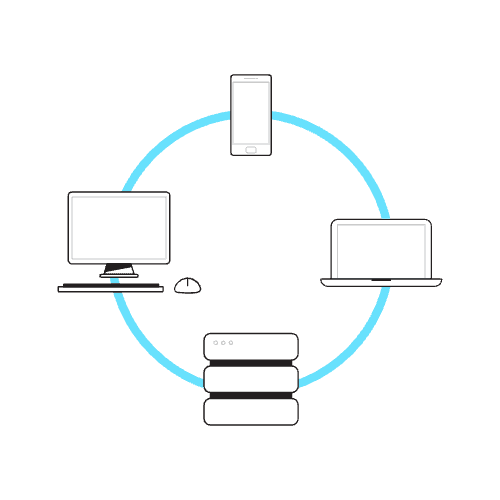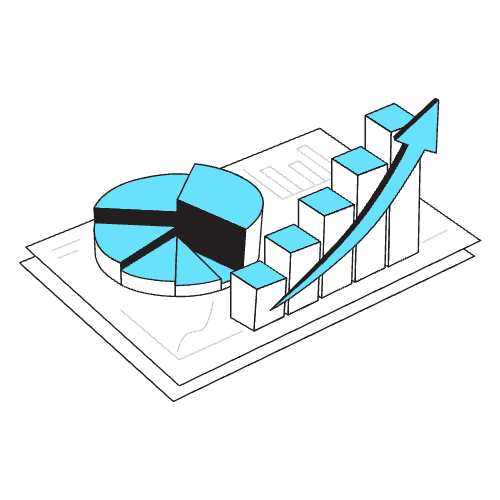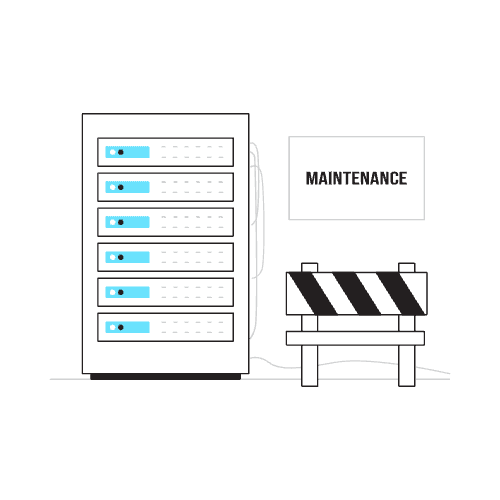
Roles and Responsibilities of Salesforce Architect
Ready to elevate your career as a Salesforce Architect?
Explore Salesforce Architect Responsibilities Across 4 Top Industries
8:00 AM - Morning Check-In
Daily Tasks
- Review system health, address any high-priority system alerts, and assess integrations.
Peak Hours: Early meetings with IT and project teams to coordinate ongoing projects.
Points of Friction: Managing issues that emerged overnight, especially with new integrations or deployments.
10:00 AM - Strategic Architecture Planning
Daily Tasks
- Plan and design architecture solutions for upcoming projects, aligning with business objectives.
Peak Hours: High focus on complex architecture sessions with stakeholders and developers.
Points of Friction: Balancing competing business priorities and managing stakeholder expectations.
1:00 PM - Solution Development and Testing
Daily Tasks
- Lead development on critical modules, prototype new features, and conduct integration testing.
Peak Hours: Heavy involvement with developers, reviewing code and testing new functionalities.
Points of Friction: Debugging integration issues and aligning with legacy system constraints.
3:00 PM - Documentation and Compliance
Daily Tasks
- Document system architecture updates, compliance adjustments, and key architectural decisions.
Peak Hours: Documentation review with compliance teams to ensure adherence to security protocols.
Points of Friction: Navigating complex compliance requirements and ensuring alignment across teams.
5:00 PM - Project Review and Team Sync
Daily Tasks
- End-of-day sync to review project statuses, discuss roadblocks, and plan next steps with the team.
Peak Hours: Coordinating with cross-functional teams on project progress and timelines.
Points of Friction: Balancing ongoing tasks with emerging technical challenges from the day's work.

Unpacking the Key Obstacles and Their Impacts on Salesforce Architect Task
Complex System Integrations
Challenge:
Integrating Salesforce with legacy systems or third-party applications while ensuring data consistency and performance.
Impact:
Poor integrations can create data silos, inefficiencies, and slow response times, impacting user experience and productivity.


Balancing Customization vs. Scalability
Challenge:
Architecting custom solutions that meet immediate business needs while maintaining scalability for future growth.
Impact:
Over-customization can add technical debt, reduce flexibility, and require costly refactoring for scaling or new needs.
Data Security and Compliance
Challenge:
Ensuring that Salesforce architecture complies with stringent data security and privacy regulations (e.g., GDPR, HIPAA).
Impact:
Non-compliance risks legal repercussions, potential data breaches, and a loss of customer trust, especially in regulated industries.


Change Management in Large-Scale Deployments
Challenge:
Managing and implementing architectural changes in large Salesforce environments with minimal disruption.
Impact:
Inadequate change management can cause downtime, user confusion, and system instability, slowing down the adoption of new features.
Maintaining System Performance Under Heavy Load
Challenge:
Designing systems that handle high user loads and complex data processes without sacrificing performance.
Impact:
Performance bottlenecks can lead to slow response times, increased error rates, and reduced productivity, impacting business continuity.

